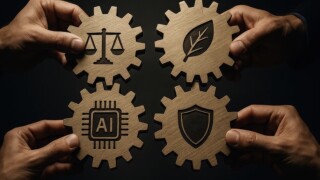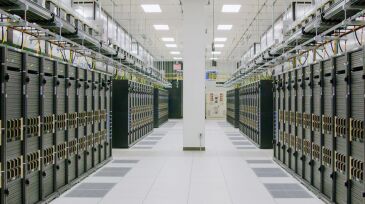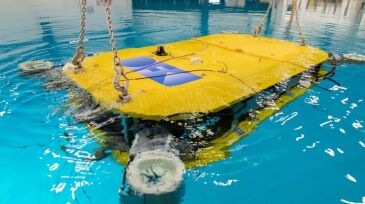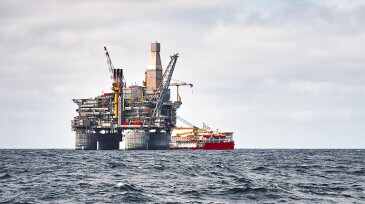AI/machine learning
Aurora Innovation and Detmar Logistics have inked a deal for 30 autonomous trucks that will begin hauling sand in the region next year.
Sustainability in reservoir management emerges not from standalone initiatives but from integrated, data-driven workflows, where shared models, closed-loop processes, and AI-enabled insights reduce fragmentation and make sustainable performance a natural outcome.
Sponsored
In oil and gas operations, every decision counts. For more than 2 decades, SiteCom has been the trusted digital backbone for well operations worldwide, driving insight, collaboration, and efficiency.
-
Ultimately, the company formerly known as Facebook wants the AI Research SuperCluster system to help it develop artificial intelligence to power the metaverse.
-
A two-armed autonomous underwater vehicle has been launched for complex inspection and maintenance tasks, embedded in a powerful IT infrastructure that enables both intuitive control and monitoring of the system and effective information flow with the plant operator.
-
Applications include identifying new green catalysts to enable the conversion of waste products to useful matter, green hydrogen generation, CO2 utilization, and the development of fuel cells. Novel catalysts also could be used to replace expensive and rare materials such as iridium, the metal used to generate green hydrogen and CO2 reduction products.
-
This selection of papers will familiarize facilities engineers with a variety of topics so they are more prepared for what 2022 may bring.
-
The authors present a review of the capabilities of fog computing and its potential in the petroleum industry.
-
The machine-learning techniques applied aim to deliver a prediction model based on both simulation and real-time field data. The model tracks and monitors system key performance indicators.
-
SponsoredAI can improve your compliance efforts, saving you time and money. Learn how.
-
The authors present an artificial-intelligence and machine-learning technology to obtain a high-level, comprehensive view of all equipment in a facility to detect and map corrosion.
-
This paper provides an alternative solution to identifying, classifying, and vertically distributing fractures and a lateral distribution method for reservoir modeling.
-
The paper demonstrates the ability of deep-learning generative models to enable new shale-characterization methods.













